Author: Lynda Benigno
Your home is supposed to be a place of safety, where you can unwind from the day's stresses and find support and love from your partner or family members. However, for more than 10 million men and women in the US, home is a battlefield. The Department of Justice defines domestic violence as a pattern of abusive behavior in any relationship that is used by an individual to gain or maintain control over another. Domestic violence takes many forms and is not limited to physical abuse. Emotional abuse, economic, sexual, psychological, the use of threats, stalking, and cyberstalking are also forms of domestic violence.
Domestic violence does not discriminate. There is no age group, race, religion, gender, sexual orientation, or education level that is immune. Victims can be an intimate partner or dating, a spouse, child, family member, or cohabitant.
Domestic Violence Statistics
· 1 in 4 women have experienced domestic violence
· 1 in 7 men have experienced domestic violence
· 2 in 5 gay or bisexual men have experienced domestic violence
· 63% of homeless women have experienced domestic violence
· Half of all women and men in the US will experience psychological aggression by an intimate partner
· It is estimated between 3 and 5 million children witness domestic violence each year
· 50% of batters who abuse their partner also abuse their children
· A male child who witnesses domestic violence is 3-4 times more likely to perpetrate domestic violence as an adult
· 1 out of every 3 people who are injured due to domestic violence seek medical care for their injuries
· The majority of domestic violence incidents are never reported. On average, a victim of domestic violence will experience 3-4 incidents of violence before calling the police.
Types of Domestic Violence
Physical
· Hitting, slapping, punching, hair pulling, choking, shoving, etc.
· Prevents you from calling the police or from obtaining medical treatment for your injuries
· Will not let you eat or limits your food
· Will not let you sleep or limits the amount of time you sleep
· Driving recklessly when you are in the car or abandons you in an unfamiliar place
Sexual
· You are coerced into sexual contact or sexual acts, that you are not comfortable performing
· Rape
· Demanding sex when you are tired or sick
· In rare cases, a perpetrator may purposely transmit an STD onto their partner
* Being in a relationship with someone or being married does not mean that you owe your partner physical intimacy.
Economic
· You have zero control over money or budgeting
· Partner withholds access to funds
· Partner prevents you from going to work
· Partner refuses to work in order to support dependents
*Economic abuse serves to keep the victim completely reliant on the perpetrator, so they do not have the financial resources to leave the relationship.
Psychological and Emotional
· Threats to hurt you, themselves, your children, family members, friends, or pets.
· Name-calling, insults, constant criticism and shaming
· Your partner tells you that you are to blame for the abuse because you said or did something he/she did not like
· Punching walls, throwing objects, or damaging personal property
· Where you go, who you call and who you spend time with is monitored
· Your partner tries to control what clothing you wear and/or how much makeup you wear
· Your partner has injured your relationships with others through gossip or false accusations
· Your partner has interfered with your ability to have a relationship with your children or parent them effectively
Stalking * Important Note: Most stalking behaviors occur when the victim is getting ready to leave the relationship or has just left. This period is the most dangerous for a domestic violence victim.
· You receive constants phone calls or texts from your partner when you are not physically together. * Always wanting to be in contact with each other during the beginning of a relationship is normal. However, if this continues after the honeymoon phase, and if it interferes with your ability to live your own life separate from your partner, it is a form of stalking. The cute messages turn to criticisms or demands. Constant contact allows your partner to track where you are, what you are doing, and ensures you have no time for anything outside of what he/she wants.
· Follows you when you leave the house, work or while running errands
· Shows up at your home or place of employment
· Sends you unwanted gifts
· Collects information about you and your activities from mutual friends
· Threatens to harm you, your children or family members
· Calls you repeatedly
· Sends you notes or letters through the mail or leaves them at your home or in your car.
Cyberstalking, Harassment, and Abuse
· Sends you repeated emails that cause distress
· Makes comments or posts about you on social media sites that involve shaming, name-calling, or derogatory language meant to humiliate you.
Domestic violence often, but not always, follows a pattern.
· Tension: You feel like you are walking on eggshells and are trying to keep your partner calm. Your partner starts to get angry.
· Incident: An abusive event occurs; the incident can be physical, psychological, sexual, financial, etc.
· Honeymoon Phase: The abuser apologizes and expresses shame, places blame and minimizes, makes promises, brings gifts, pretends it never happened.
· Calm
This cycle repeats itself, going around in a predictable circle creating a trauma bond.
Trauma Bonding
Dopamine is a pleasure hormone. During the tension phase of abuse, the victim has raised cortisol levels and fears being hurt or abandoned. The abuse occurs. After the abusive incident, the abuser apologizes and is affectionate. The victim experiences a rush of dopamine, making them feel secure and calm. The tension phase will return, and the cycle continues. What is occurring is a biological attachment that is formed with inconsistent reinforcement. Like an addiction, much is promised, there are fleeting moments of bliss, and then it sucks away your soul. While trauma bonding makes it easier for the victim to survive inside the relationship, it also zaps the victims' ability to evaluate danger and make sound decisions. The victim sees no way out of the relationship. Trauma bonds create a hormonal rollercoaster that puts a tremendous amount of stress on the body. The high-stress levels can cause chest pains, acne, arthritic type pains, migraines, and a lowered immune system.
Long Term Effects of Domestic Violence on Victims
· Generalized chronic pain or pain and scars from physical abuse
· Gastrointestinal disturbances
· Insomnia
· PTSD, Depression or Anxiety
· Increased risk of hypertension
· Eating disorders
· Job loss due to time away to recover from injuries or see physicians
· A feeling of shame
· Low self-esteem
· Isolation
· Financial Hardships
Long Term Effects on Child Witnesses
· Guilt
· Anger
· Shame
· Depression
· Sadness
· Hyer-Vigilance
· Stomachaches
· Headaches
· Inability to concentrate
· PTSD, Depression, or Anxiety
· At an increased risk of drug or alcohol abuse and juvenile delinquency.
If you are a victim of domestic violence, please call the National Domestic Violence Hotline at 1-800-799-7233.
The opinions expressed in this article are of the author and not intended to diagnose, treat, or cure any physical or mental illness. If you are struggling, please contact your healthcare provider, the National Suicide Prevention Hotline at 1-800-273-8255, or Stepping Stone Community Services at 330-577-4099





























